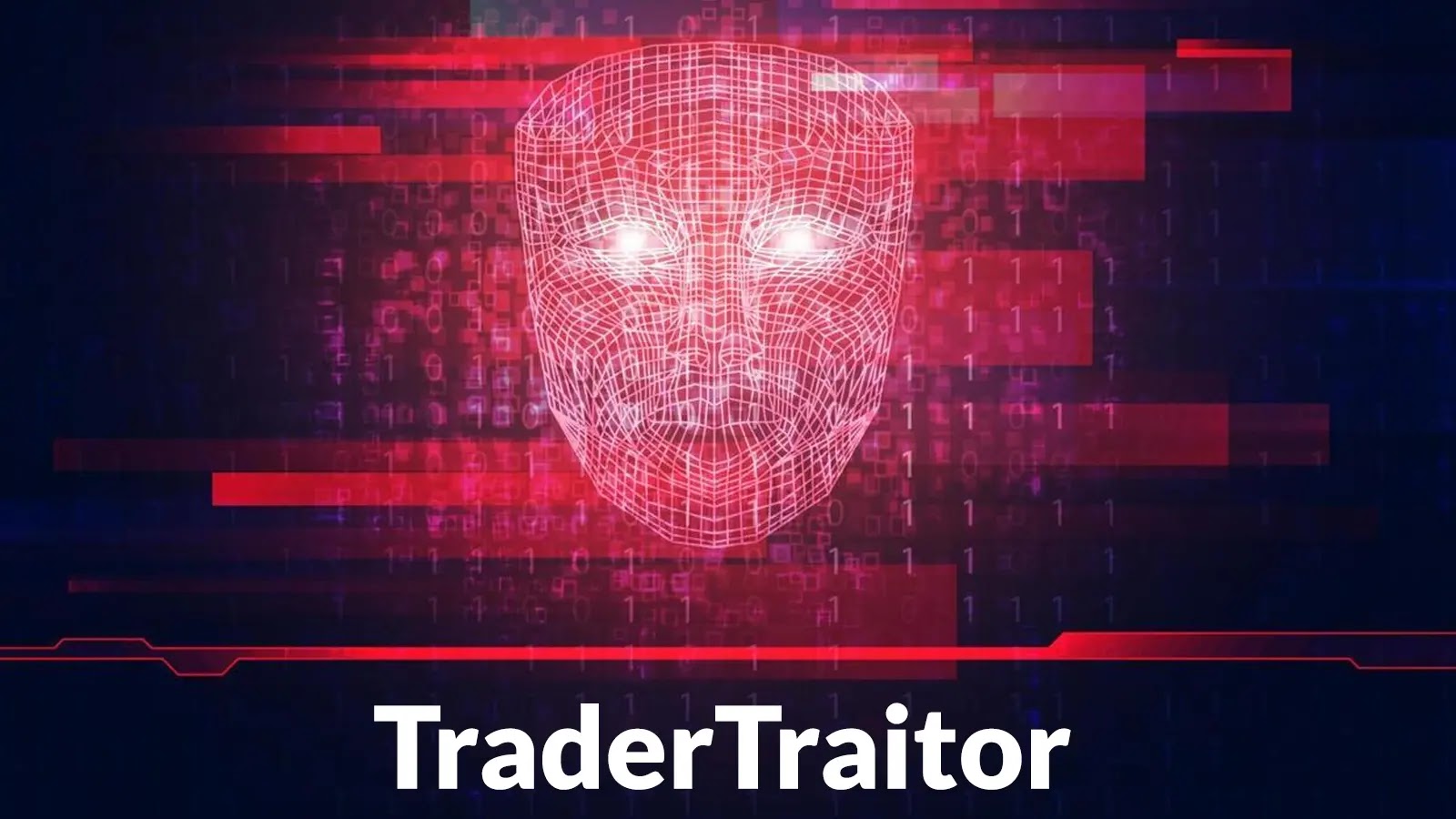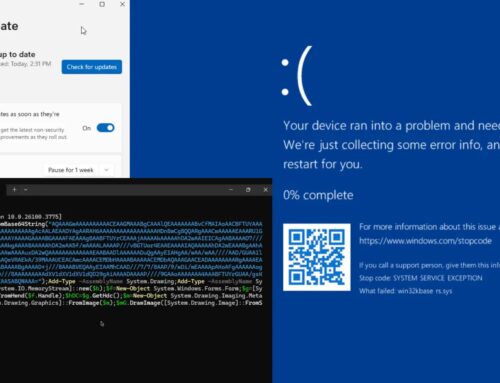
Lazarus Subgroup ‘TraderTraitor’ Attacking Cloud Platforms and Poisoning Supply Chains
Lazarus Subgroup ‘TraderTraitor’: Unpacking the Threat to Cloud Platforms and Supply Chains
In an era where digital infrastructure is increasingly cloud-centric and supply chains are deeply interconnected, a formidable cyber threat has emerged from within the notorious Lazarus Group: the ‘TraderTraitor’ subgroup. This sophisticated North Korean entity is not merely engaging in opportunistic attacks; it is orchestrating multi-billion-dollar heists by systematically infiltrating cloud platforms and poisoning supply chains, posing an acute risk to global organizations, particularly those within the cryptocurrency ecosystem.
Who is TraderTraitor?
TraderTraitor is a specialized, highly capable subgroup operating under the umbrella of the Lazarus Group, a state-sponsored cyber threat actor attributed to North Korea. First codenamed by the U.S. government in 2022, TraderTraitor distinguishes itself through its strategic focus on financial gain, primarily targeting the burgeoning cryptocurrency market. Unlike some state-sponsored groups that may prioritize espionage or disruption, TraderTraitor’s primary objective is economic, achieved through innovative and deeply integrated cyber campaigns.
Advanced Tactics: Cloud Infiltration and Supply Chain Poisoning
The success of TraderTraitor’s operations hinges on its mastery of two critical attack vectors: cloud platform infiltration and supply chain compromises. These methods allow them to bypass traditional perimeter defenses and achieve deep, persistent access within target organizations.
- Cloud Platform Infiltration: TraderTraitor exploits misconfigurations, weak authentication, and unpatched vulnerabilities within cloud environments to gain initial access. Once inside, they move laterally, escalating privileges to control critical cloud resources, including virtual machines, storage buckets, and identity management systems. This extensive access allows them to manipulate legitimate cloud services for malicious purposes, such as data exfiltration or deploying cryptocurrency theft mechanisms.
- Supply Chain Poisoning: This tactic involves compromising a trusted third-party vendor or software provider to subsequently gain access to their customers. By injecting malicious code into legitimate software updates, open-source libraries, or development tools, TraderTraitor can deliver malware to a wide array of unsuspecting targets. This creates a cascading effect, turning a single breach into a widespread compromise across multiple organizations that rely on the affected vendor.
The Billion-Dollar Heists: Targeting the Crypto Ecosystem
TraderTraitor’s impact is quantifiable and staggering. Through their sophisticated tactics, they have been responsible for some of the largest cryptocurrency heists in history, collectively amounting to billions of dollars. Their targets often include cryptocurrency exchanges, blockchain bridges, and DeFi (Decentralized Finance) protocols. The allure of the crypto ecosystem, with its high liquidity and sometimes nascent security postures, makes it a prime target for such financially motivated state-sponsored actors.
CVEs to Note (Illustrative Examples)
While specific CVEs directly linked to TraderTraitor’s active exploitation campaigns are often withheld during ongoing investigations or remain private, their attack methodologies frequently leverage common cloud and software vulnerabilities. Examples of vulnerability types they might exploit include:
- Authentication Bypass Vulnerabilities: Such as those affecting identity management systems or API gateways. Example (Hypothetical): CVE-2023-XXXXX (Illustrative)
- Server-Side Request Forgery (SSRF) in Cloud Services: Allowing them to access internal resources. Example (Hypothetical): CVE-2023-YYYYY (Illustrative)
- Software Supply Chain Weaknesses: Vulnerabilities in package managers, build tools, or compromised developer accounts. Example (Hypothetical): CVE-2023-ZZZZZ (Illustrative)
Organizations should remain vigilant for publicly disclosed CVEs pertaining to their cloud providers and third-party software dependencies, as these are potential entry points for sophisticated groups like TraderTraitor.
Remediation Actions and Proactive Defenses
Defending against a threat actor as sophisticated and persistent as TraderTraitor requires a multi-layered, proactive security posture, especially focused on cloud environments and supply chain integrity.
- Harden Cloud Configurations: Regularly audit cloud configurations for misconfigurations and adhere to security best practices (e.g., CIS Benchmarks). Implement strong access controls, network segmentation, and least privilege principles.
- Strengthen Identity and Access Management (IAM): Enforce Multi-Factor Authentication (MFA) for all accounts, especially privileged ones. Implement robust IAM policies, regularly review user permissions, and use role-based access control (RBAC).
- Supply Chain Security Audits: Vet third-party vendors and software thoroughly. Implement supply chain security frameworks, use software bill of materials (SBOMs), and verify the integrity of all software before deployment. Utilize tools to scan open-source dependencies for known vulnerabilities.
- Patch Management: Maintain a rigorous patching cadence for all operating systems, applications, and cloud services. Prioritize critical vulnerabilities immediately.
- Network Monitoring and Threat Detection: Deploy advanced EDR/XDR solutions, network intrusion detection systems (NIDS), and Cloud Security Posture Management (CSPM) tools. Monitor for unusual activity, lateral movement, and data exfiltration attempts. Implement Security Information and Event Management (SIEM) systems for centralized logging and analysis.
- Incident Response Plan: Develop and regularly test a comprehensive incident response plan specifically tailored to cloud breaches and supply chain compromises.
- Employee Training: Educate employees on phishing, social engineering, and the importance of secure coding practices and handling sensitive information.
Relevant Tools for Detection and Mitigation
| Tool Name | Purpose | Link |
|---|---|---|
| AWS Security Hub / Azure Security Center / GCP Security Command Center | Cloud Security Posture Management (CSPM), threat detection, and compliance monitoring for respective cloud environments. | AWS Security Hub / Azure Security Center / GCP Security Command Center |
| Tenable.io / Qualys Cloud Platform | Vulnerability management and cloud security scanning. | Tenable.io / Qualys Cloud Platform |
| Aqua Security / Snyk / Trivy | Container and supply chain security scanning, identifying vulnerabilities in images and open-source dependencies. | Aqua Security / Snyk / Trivy |
| Exabeam / Splunk / QRadar | SIEM/SOAR platforms for log aggregation, correlation, and automated incident response. | Exabeam / Splunk / QRadar |
| Cloudflare Gateway / Zscaler Private Access | Zero Trust Network Access (ZTNA) to limit lateral movement and secure remote access. | Cloudflare Gateway / Zscaler Private Access |
Conclusion
The rise of the TraderTraitor subgroup, with its determined focus on cloud platform infiltration and supply chain poisoning for massive financial gain, underscores a significant evolution in state-sponsored cyber threats. Organizations can no longer rely on perimeter defenses alone. A robust cybersecurity strategy must embrace comprehensive cloud security best practices, rigorous supply chain vetting, and continuous monitoring to detect and respond to the sophisticated tactics employed by actors like TraderTraitor. Vigilance and proactive defense are paramount to safeguarding digital assets in this evolving threat landscape.





